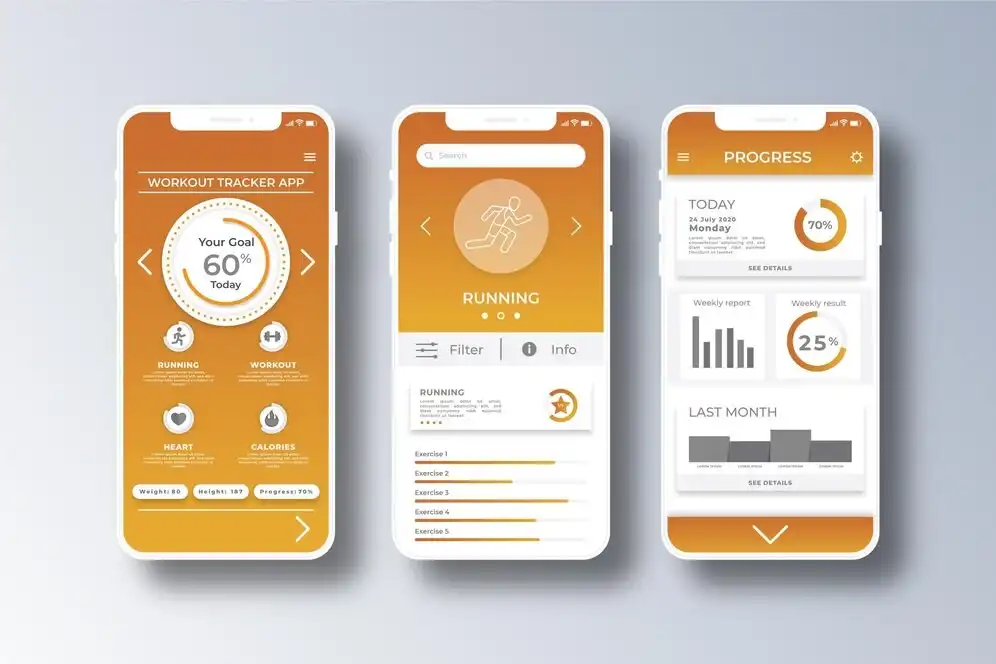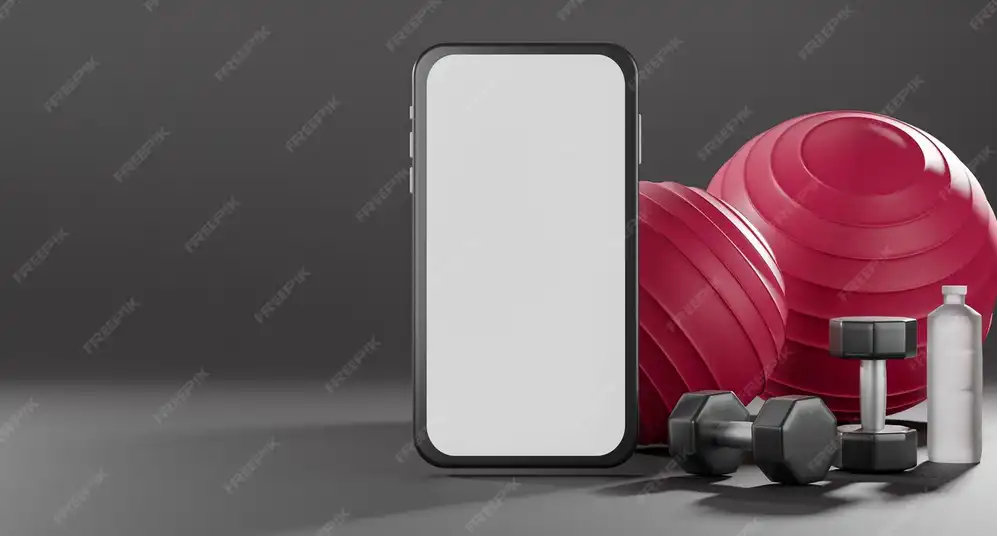Difference between web applications and mobile applications

User Experience (UX/UI)
The user experience in mobile applications is often more customized, because it is designed specifically for the device and operating system it runs on, whether Android or iOS. This means that the user experience and interface (UI) design are more accurate and interactive with the mobile system, such as smooth designs, navigation buttons that fit the screen size, and the notification system. As for web applications, although they may be compatible with different devices, they may face challenges in terms of design compatibility with small mobile screens, and often rely on a "responsive" design to fit different screens, which limits the flexibility of interaction that you get in applications dedicated to mobile.

Security and Privacy
Mobile applications often provide a higher level of security, especially if they require access to sensitive information, because they benefit from the security built into operating systems such as Android and iOS, in addition to app stores that verify the security of applications before downloading them to users. As for web applications, they require double protection from developers, such as the use of security certificates (SSL) and additional layers of protection. Although security is very advanced in web applications, mobile applications remain preferred by many users when it comes to sensitive data or personal information.
Offline User Experience
Mobile applications can provide a user experience even without an internet connection, especially applications that allow downloading content or provide basic features such as viewing content or modifying data and saving it temporarily until the user can connect to the internet again. In contrast, web applications rely mainly on the internet, and are often unusable if the connection is cut off, except in some cases supported by certain features such as "progressive applications" (PWA) that allow limited use of some features without the internet.

Cost and Development
The cost of developing mobile applications is usually higher than web applications, especially if the application needs to be available on more than one system (Android and iOS). The reason for this is that each operating system has its own environment and dedicated programming languages, which means writing different code for each system independently. Therefore, applications that need to be available on Android and iOS require diverse development teams, and require comprehensive testing for each system to ensure quality performance. As for web applications, they are generally less expensive in terms of development and maintenance, because they often rely on a single programming language or framework that can run the application on all systems through the browser. This reduces the cost of maintenance and updates, as the code is modified in one place and is automatically available on all devices.

Which is better?
The choice between a web application and a mobile application depends largely on the nature of the application and the needs of the target audience. If your goal is quick access and wide spread with a limited budget, web applications may be the best option. However, if you need an integrated user experience, direct interaction with device features, and a higher level of security, mobile applications may be the best solution. Both web applications and mobile applications have their place in the market, and choosing the most appropriate one depends on the goals you seek to achieve and the experience you want to provide to the user. With the increasing demand for technical solutions, it is important to understand the differences between the two types to ensure that you choose the right solution that serves users in the best way.















